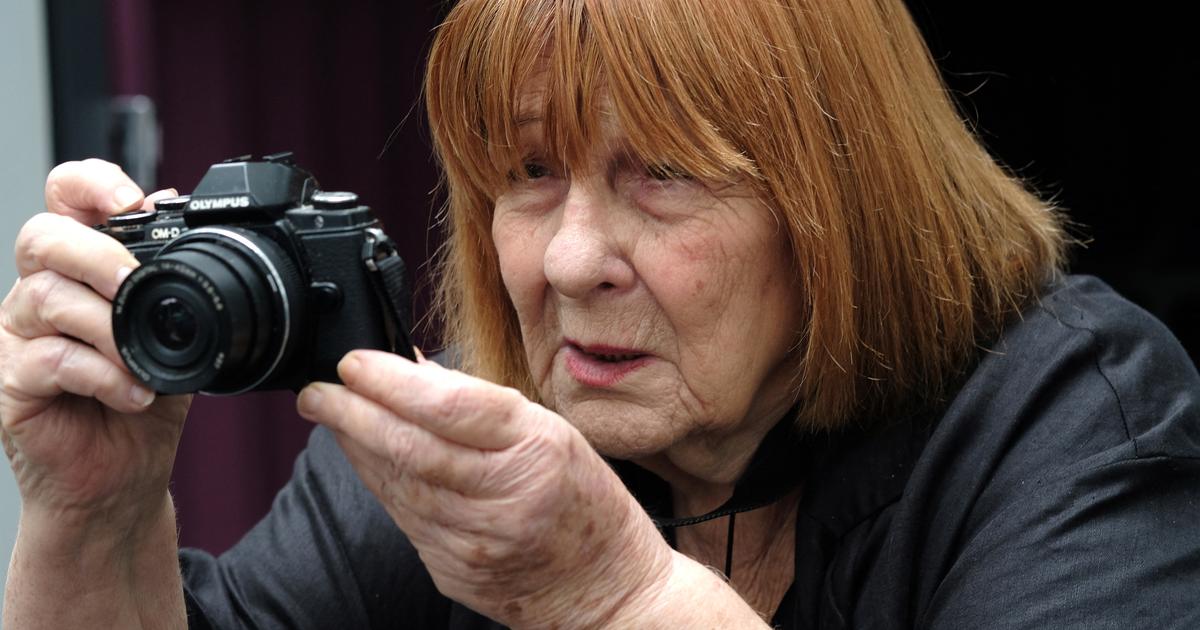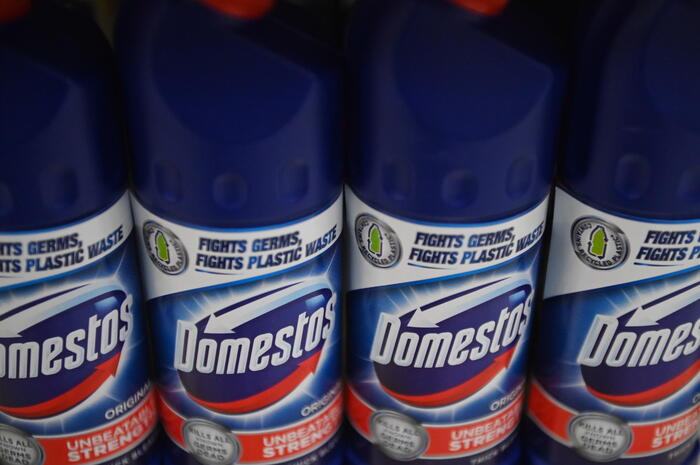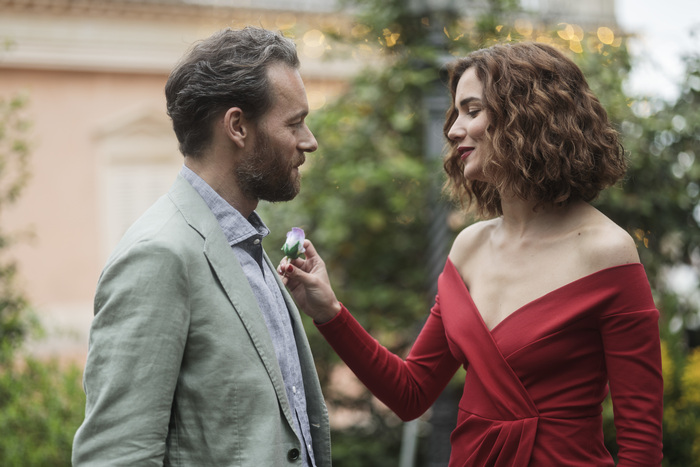A great lady of photography died yesterday at the age of 87.
Letizia Battaglia leaves behind nearly 600,000 clichés about the mafia and its blood crimes, corruption and the thousand faces of Sicily, which strike like a punch.
And this, always in black and white, a way, she says, “
to be delicate and respectful in the face of death, because black and white generates silence”
, this moment which follows that of violence.
To discover
Discover the “Best of the Goncourt Prize” collection
Read alsoA Cosa Nostra boss severs and swallows the finger of a prison guard
Clichés from another era, the 1980s and 1990s when ethics and the law did not yet prevent the publication of bloody scenes, even the most "
horrible and shocking
".
She called them her
"blood archive"
.
Because, as she confided in 2019 to the
Guardian
,
“In hindsight, I came to realize that I was a storyteller who used images rather than words”
.
A storyteller who said better than any expert or even judge what the mafia is.
Coming from the Sicilian bourgeoisie, she emancipated herself from it after a marriage and three daughters, where her role was reduced for twenty years to that of housewife.
She will keep a powerful feminist fiber.
In 1969, at the age of 34, she took up journalism at
L'Ora
in Palermo, an evening daily close to the PCI.
Shortly after, in Milan, she takes a camera for the first time.
One of his first shots will be a Pier Paolo Pasolini portrait.
For twenty years, a journalist on the lookout, and the only woman in a world of men, she captures crime scenes and their victims.
In 1974, she created with her second life companion, Franco Zecchin, a photography agency in Palermo, then a few years later a documentation center which remains today one of the richest sources of documents on the Mafia.
It is sometimes chance that serves his destiny, and allows him to take one of his most famous shots.
On January 6, 1980, she was faced with what she then believed to be a simple car accident in Palermo.
A man tries to get out of a Fiat 500. He is riddled with bullets by a killer sent by the mafia: it is the president of the region of Sicily, Piersanti Mattarella, that his younger brother Sergio Mattarella, the current president of the Italian Republic, is still trying to save.
Letizia has a direct look where, from the composition to the shadows and lights, from the smallest object present, each detail speaks.
“To create truly great photography, you have to work hard and be free.
A good photographer must be inside the photograph in one way or another so that the viewer can feel his presence,”
she said.
His pictures of mobsters and their victims earned him recurring death threats.
Which, at least for a while, doesn't stop her, even if she admits to having always been afraid.
However, she does not hesitate to challenge the clan of Corleone, when she goes to exhibit large portraits of her victims on the village square.
She wants to force the clan to look her violence in the face, but people turn away, afraid of being seen staring at them.
Her committed and militant focus tracks down corruption just as much, and in 1969 she manages to photograph Giulio Andreotti in the company of mafia boss Nino Salvo.
A document which will not be published, but which will be produced at Andreotti's trial in 2003. But it also tracks the arrests of corrupt elected officials such as the Christian Democrat Vito Ciancimino in 1984, or that in June 1995 of clan leaders among the more violent like Leoluca Bagarella from Cosa Nostra.
But her fight with her camera ends after the assassination of the two anti-mafia judges in 1992, her friends Giovanni Falcone and Paolo Borsellino: for the latter, on July 19, 1992, she is there, but does not photograph the scene. .
She no longer has the courage.
"I was desperate
," she recalled.
There were too many dead.
Falcone and Borsellino were symbols of hope and change, but I loved them as people.
It was too much for me.
I wanted to die.
It was so painful”.
She will decide not to photograph Cosa nostra anymore, and will stick to shots of women and girls.
But announcing his death last night, the mayor of Palermo and one of his great friends, Leoluca Orlando, especially remembered his legacy:
“
C
was the flag of the city's liberation from the mafia government.







